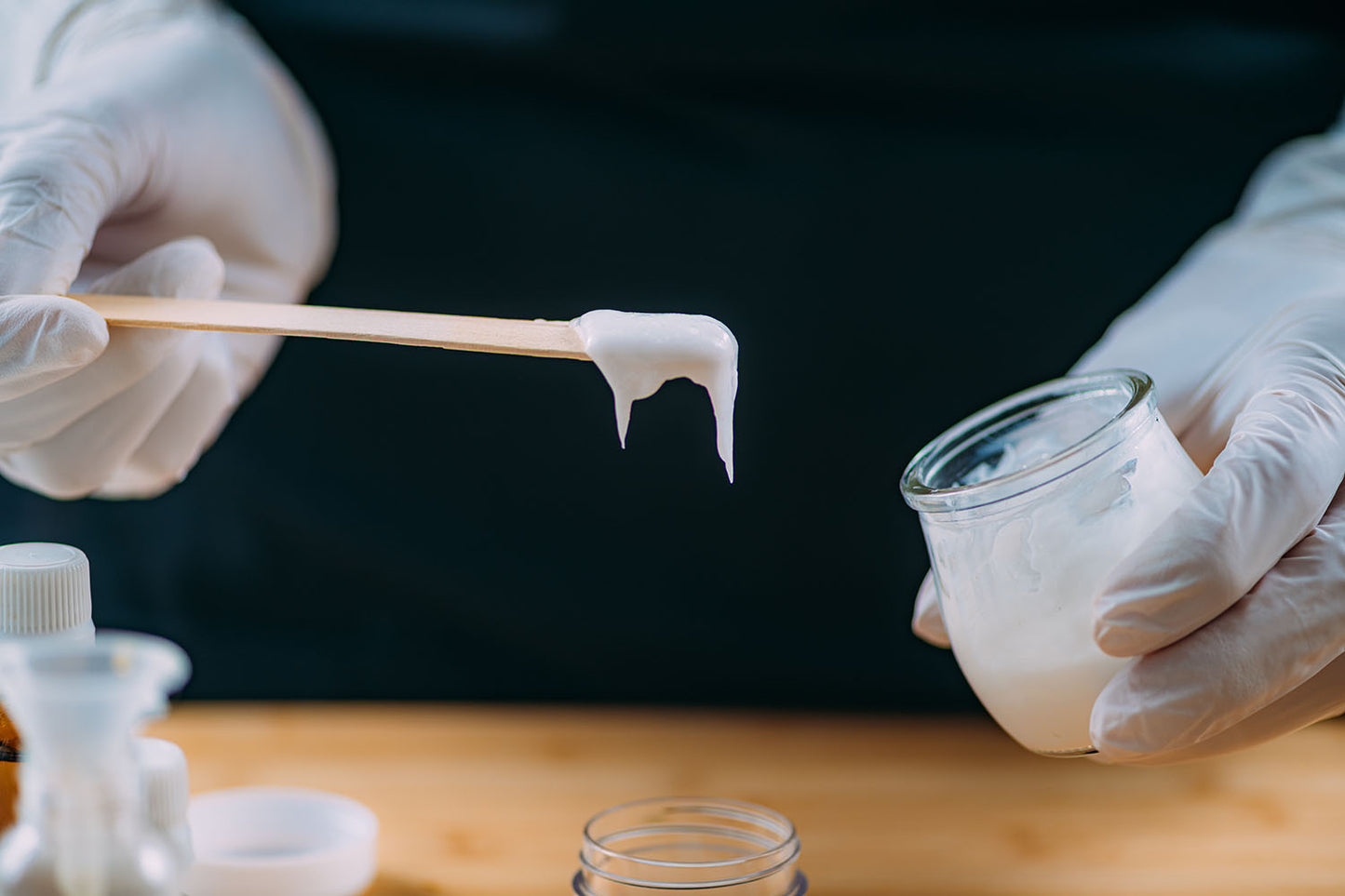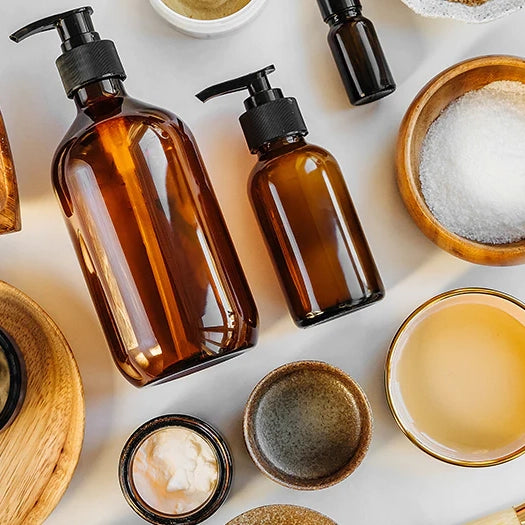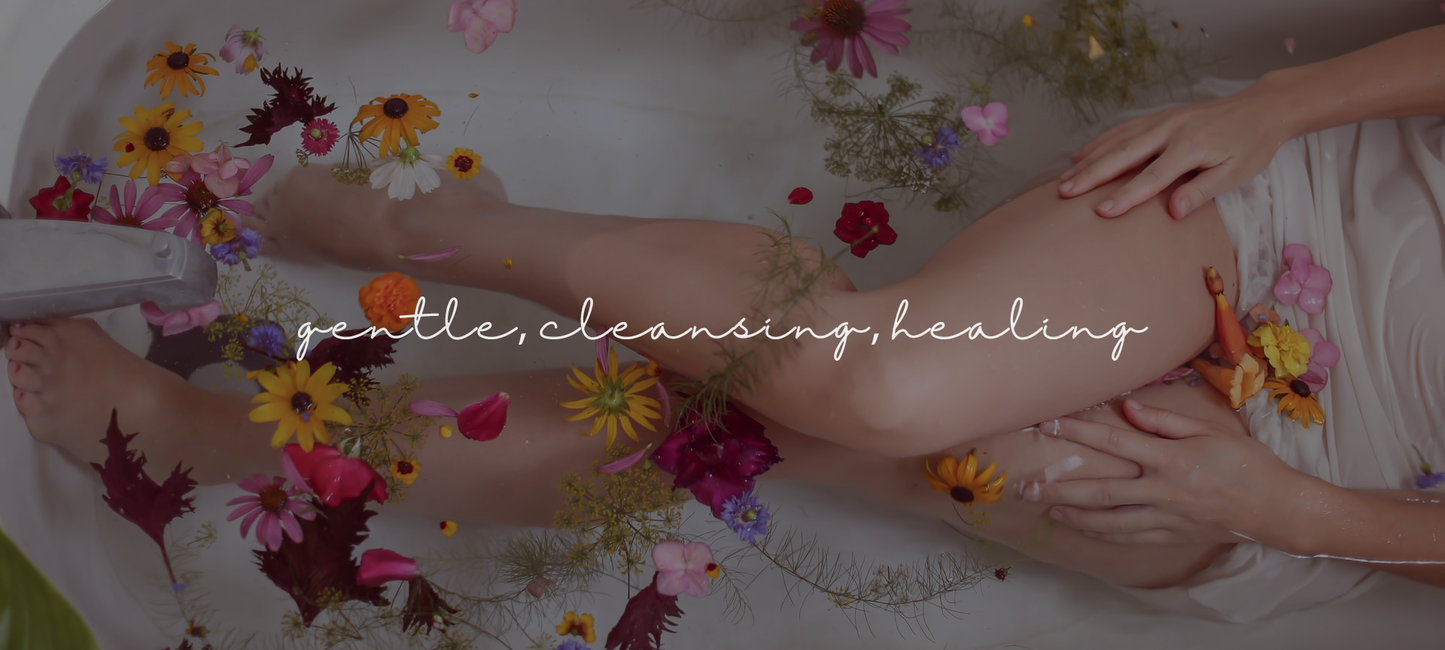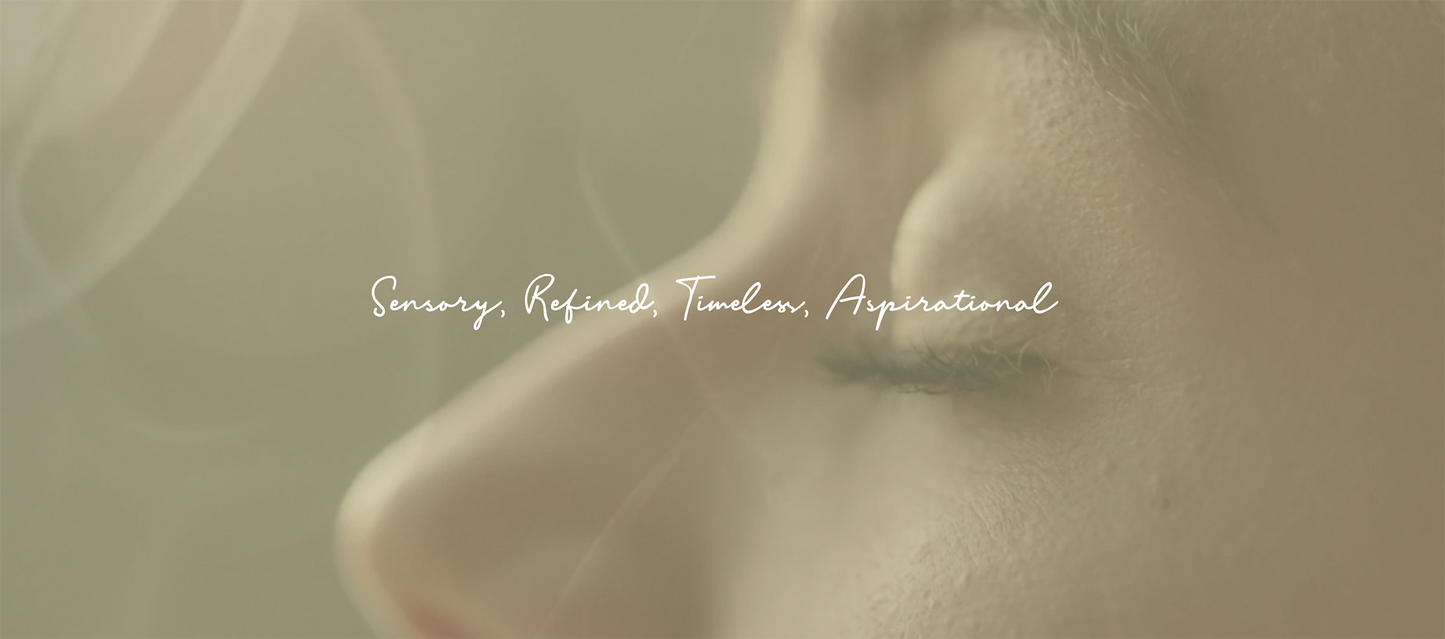
Preservatives are an indispensable aspect of cosmetic formulation and in our quest for healthier and more sustainable skincare solutions, understanding the 'when' and 'why' behind the use of preservatives becomes paramount.
Cosmetic products, by their nature, are susceptible to microbial intrusion, spoilage, and the potential for skin infection. They are often stored in warm and moist environments such as bathrooms, which are breeding grounds for bugs. Our skin also contains microorganisms and with the addition of tap water, which is not sterile, makes it easy for products to become contaminated and to degrade.
Water-based formulations including those that contain hydrosols, floral water, and aloe vera juice, create fertile ground for microbial growth. Natural preservatives are essential to guard against the proliferation of bacteria, mould, and yeast.
Anhydrous (water-free) products generally do not require preservatives as they are not prone to microbial contamination. This includes products like lip balms and anhydrous whipped body butters. The exception here is an anhydrous product that might come into contact with water (eg a body scrub or a cleansing balm applied with wet fingers). With these types of products you either need to be very careful not to introduce water to the product during use or you should include a preservative.
A lot of oil-based products will include Vitamin E, which is often incorrectly referred to as a preservative. It is a fantastic antioxidant which will prevent oils from going rancid, but does absolutely nothing to inhibit microbial growth and spoilage in products that contain water. Antioxidants and preservatives are often confused.
When using a preservative when making your own skincare, please make sure to = follow the manufacturer’s instructions regarding the amount to use; too much or too little could be potentially hazardous.
The only way to know that your preservative is working sufficiently is to have a microbiological challenge test carried out by a lab. This is recommended (and in some countries compulsory) if you are selling your products.
THREE NATURAL PRESERVATIVES FOR COSMETICS TO CONSIDER
The preservatives in the list below are all approved for use in certified organic products. They are either derived from natural sources or are nature identical.
We have included the INCI name along with the trade name under which it is sold. When searching for these ingredients online, it can help to use the INCI name as they may be sold under a few different trade names.
1. Preservative Eco/Geogard ECT/Naturagard
(INCI: Benzyl Alcohol (and) Salicylic Acid (and) Glycerin (and) Sorbic Acid)
Meets Ecocert and COSMOS standards. Other trade names include Mikrokill ECT and Plantaserv M; In Australia it’s available at New Directions.
This is a broad-spectrum preservative that contains four different components: benzyl alcohol, salicylic acid, glycerin and sorbic acid. These molecules are all found in nature in plants such as pine resin, rowan berries and willow bark. It is a non-paraben, non-formaldehyde, non-isothiazolone-based preservative system.
Naturagard / Preservative Eco is a liquid that is added to the cooling phase of a cream. It has a slight almond-like smell that is normally not detectable in the finished product. Over time, benzyl alcohol oxidises to benzaldehyde, which has a strong almond smell. Suitable for use in oil-in-water, water-in-oil and water-based formulas, so compatible with a wide range of skincare and haircare formulations.
It is usually used at 1% in water-based products.
Available at Escentials of Australia
Not permitted in products for children under the age of three years due to the salicylic acid content. It is supposed to have a wide pH compatibility of pH 3.0-8.0, but it is most effective at pH below 5.5.

2. Leucidal® Liquid
INCI: Aqua, Leuconostoc/Radish Root Ferment Filtrate
Fermented from lactic acid bacteria Leuconostoc Kimichii, Leucidal Liquid is suitable for natural and organic cosmetics.
Leucidal is almost odourless and is able to preserve a product by acidifying its environment and through the production of a peptide that it produces as a defence mechanism.
Leucidal Liquid provides broad spectrum protection but may require a secondary preservative in challenging products such as those with clays, exfoliant particles or herbal extracts.
It is important to note the Leucidal Liquid has poor heat stability and is recommended to be added when the product has cooled to 50°C or less. It is usually used at a range of 2-4%.
Leucidal Liquid is available at New Directions.
ECOCERT & COSMOS approved; contains Amticide Coconut; add 0.2% NeoDefend for stronger action.

3. Elderberry Phytocide
INCI: Sambucus nigra Fruit Extract
Elderberry Phytocide is clear liquid with a light yellow to amber colour and is soluble in oil.
This natural antimicrobial derived from Elderberry inhibits Gram-positive and Gram-negative bacteria, fungi, molds and yeasts, over a wide range of cosmetic and personal care applications.
Elderberry Phytocide is heat stable to 75°C and is suitable for use in a pH range of 3-9. It also offers mild anti-inflammatory properties to cosmetic products.
Suggest use percentage is 1-5%
ECOCERT & COSMOS approved; use in oil-based products such as scrubs, or add to oil phase and combine with another preservative for backup.
Available in Australia from Escentials of Australia
REMEMBER: It is your responsibility to check the efficacy of your preservative system. We strongly recommend having a microbiological challenge test carried out by a lab for products you wish to sell as this is the only way to be completely sure your preservative system is effective.
If you are looking to make your own skincare at home, check out our range of Complete DIY Skincare Kits.




